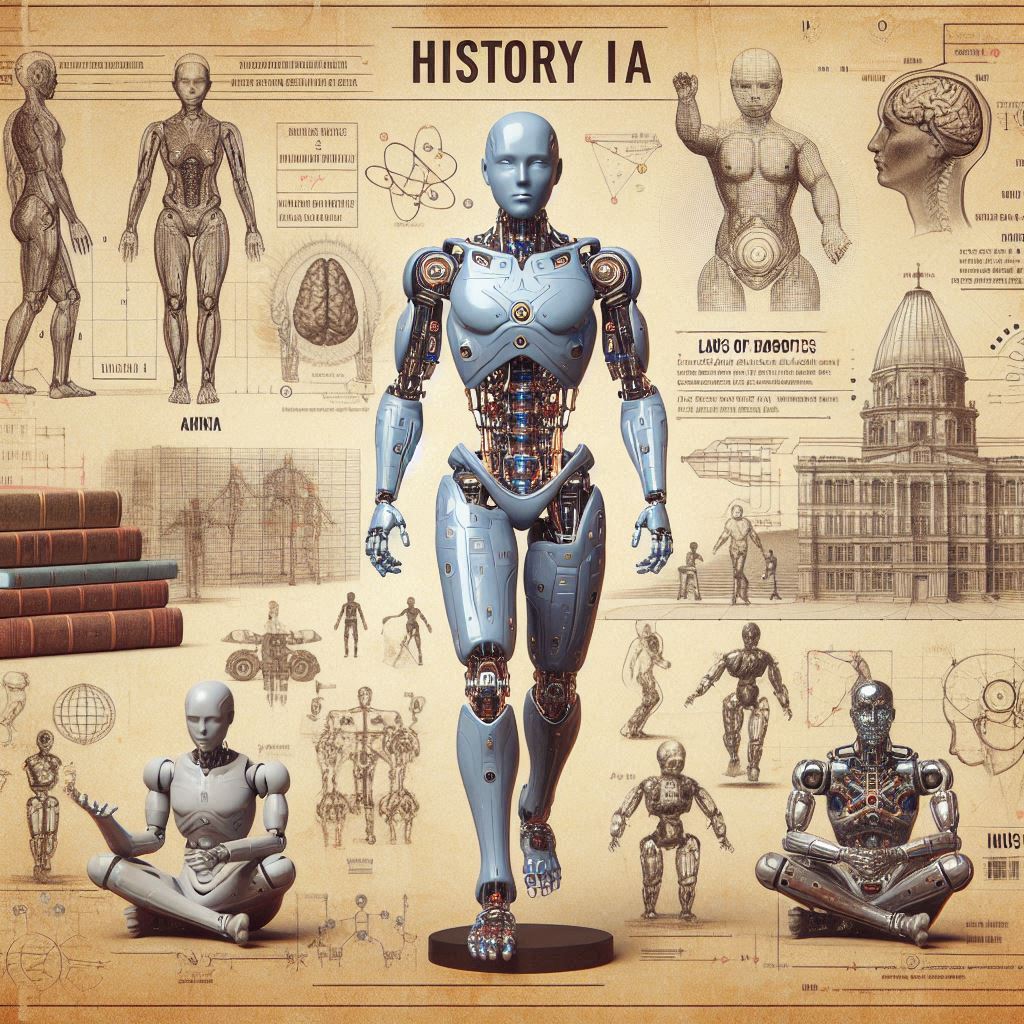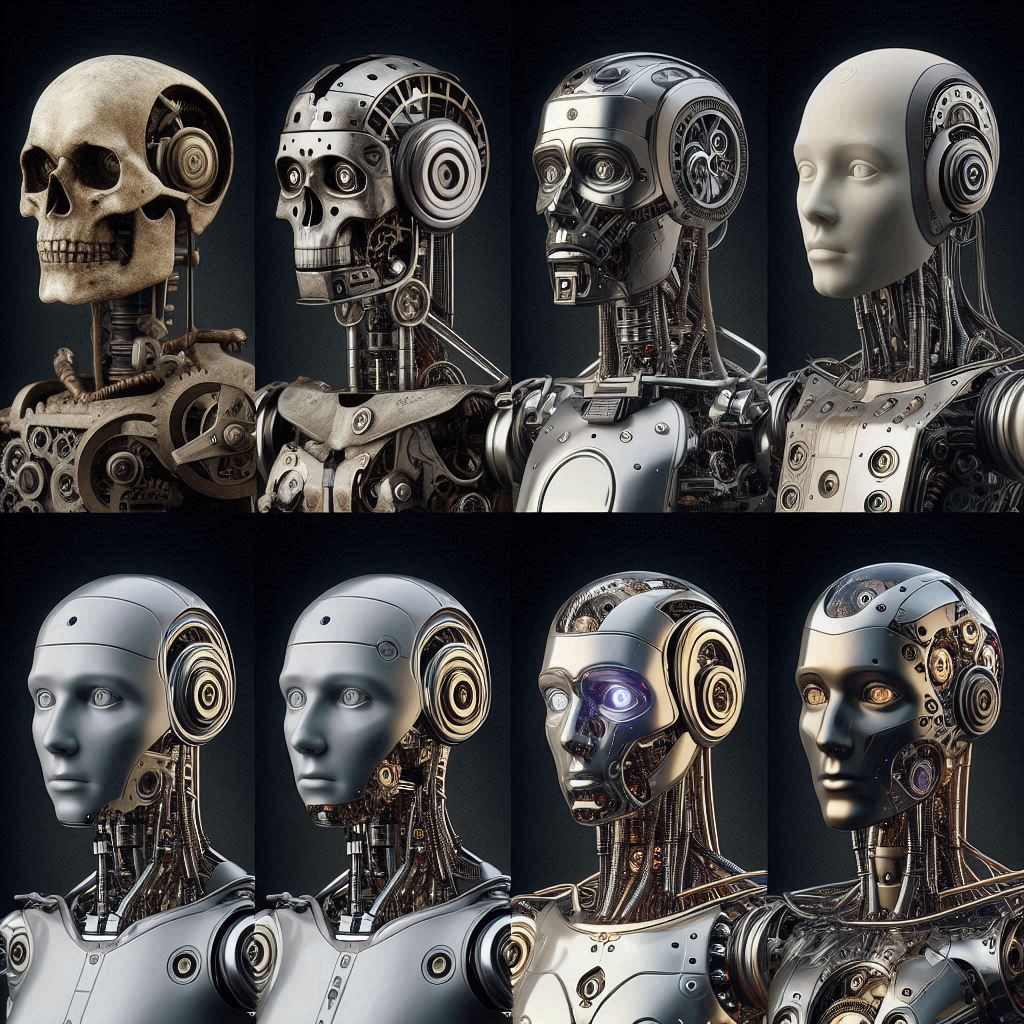Artificial Intelligence (AI) has come a long way from its early conceptual days to becoming an advanced and ubiquitous technology that, since its emergence, has touched ever more sectors of our society and daily lives. Let us take a highly simplified historical journey through the development of what we today know as artificial intelligence.

Early Concepts and First Ideas (Before 1950)
- Antiquity and the Middle Ages: Ideas of thinking machines can be traced back to ancient myths and legends, such as the Golem in Jewish folklore and automata in Greek tales. It is worth noting that in those times both examples straddled the realms of technology, magic, and the divine.
- 17th Century: Philosophers such as René Descartes and Thomas Hobbes speculated on the concept of thought as a mechanical process. Both were fascinated by the possibility of understanding the human mind as a mechanical system. Interestingly, their conclusions diverged—but that is another story altogether.
- 19th Century: Ada Lovelace, working alongside Charles Babbage, the creator of one of the earliest mechanical computers, foresaw the possibility that computational machines might accomplish tasks beyond mere calculation.
Theoretical Foundations and First Implementations (1950–1970)
- Alan Turing: In 1950, Turing published Computing Machinery and Intelligence, in which he suggested that to determine whether a machine is capable of thought, we should assess whether it can succeed in a game—specifically, the imitation game.
- The Dartmouth Conference (1956): Widely regarded as the official birth of AI as a field of study. John McCarthy, Marvin Minsky, Nathaniel Rochester, and Claude Shannon organised the conference and coined the term artificial intelligence. (In a future blog entry we shall revisit just how apt the phrase “artificial intelligence” really is.)
- First AI Programmes: The creation of programmes such as Logic Theorist (1955) by Newell and Simon, which was capable of proving mathematical theorems.
Optimism and Early Challenges (1970–1990)
- Symbolic AI and Expert Systems: Development of expert systems employing rules and logic to simulate human knowledge in specific fields, such as MYCIN for medical diagnosis.
- The AI Winter: In the late 1970s and 1980s, AI research experienced setbacks owing to a lack of significant progress and unmet expectations, resulting in cuts to funding.
Renaissance and New Paradigms (1990–2010)
- Machine Learning and Neural Networks: The revival of neural networks with the development of learning algorithms such as backpropagation. AI began to shift focus towards machine learning rather than rule-based programming.
- Data and Computation: The rise of large-scale computing and the availability of vast datasets (big data) drove significant advances in machine learning.
Modern AI and Deep Learning (2010–Present)
- Deep Learning: The development of deep neural networks led to revolutionary advances in image recognition, natural language processing, and gameplay. Landmark models such as AlexNet (2012) and GANs (Generative Adversarial Networks) propelled the field into new frontiers.
- AI in Everyday Life: AI has been integrated into a wide array of commercial and consumer applications, including virtual assistants (Siri, Alexa), recommendation systems (Netflix, Amazon), and autonomous vehicles (Tesla).
- Ethics and Regulation: As AI has grown, concerns have emerged regarding ethics, privacy, and employment, fuelling debates on the need for regulations and policies to ensure responsible development.
The Future of AI
- Interdisciplinarity: Collaboration across scientific and social fields to address challenges and maximise the benefits of AI.
- Artificial General Intelligence (AGI): Ongoing research towards a general form of intelligence capable of performing any human cognitive task.
- Ethical and Sustainable AI: Developing AI that is fair, transparent, and beneficial to society as a whole.


